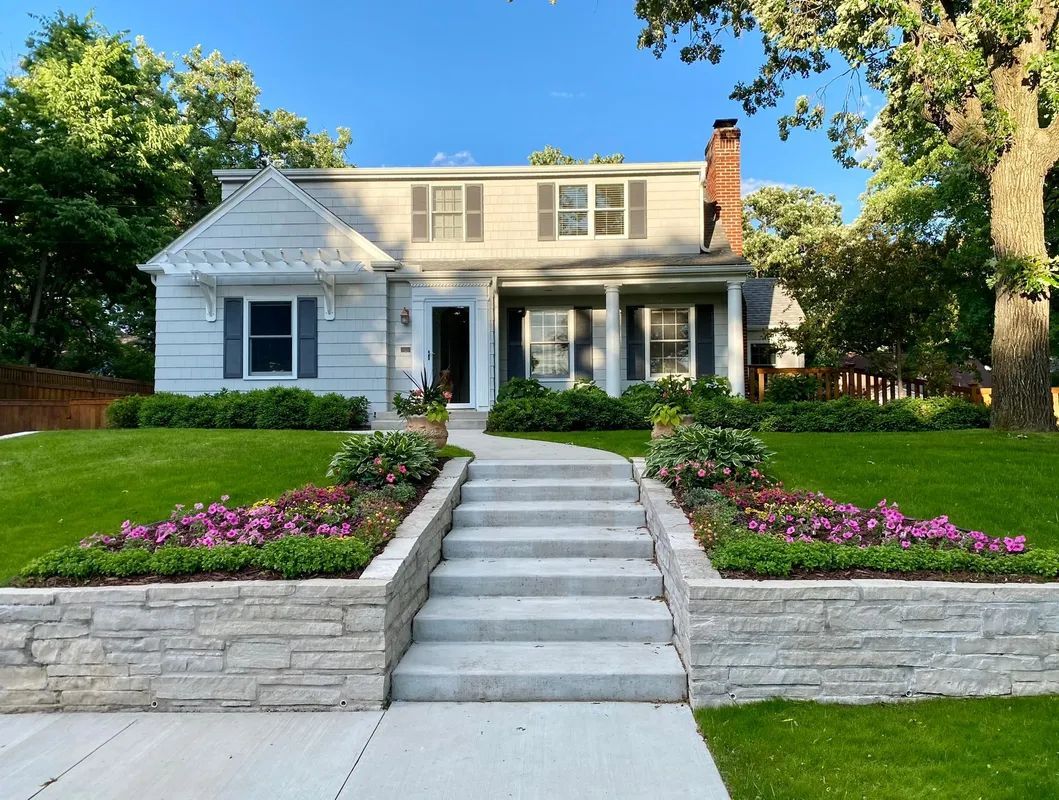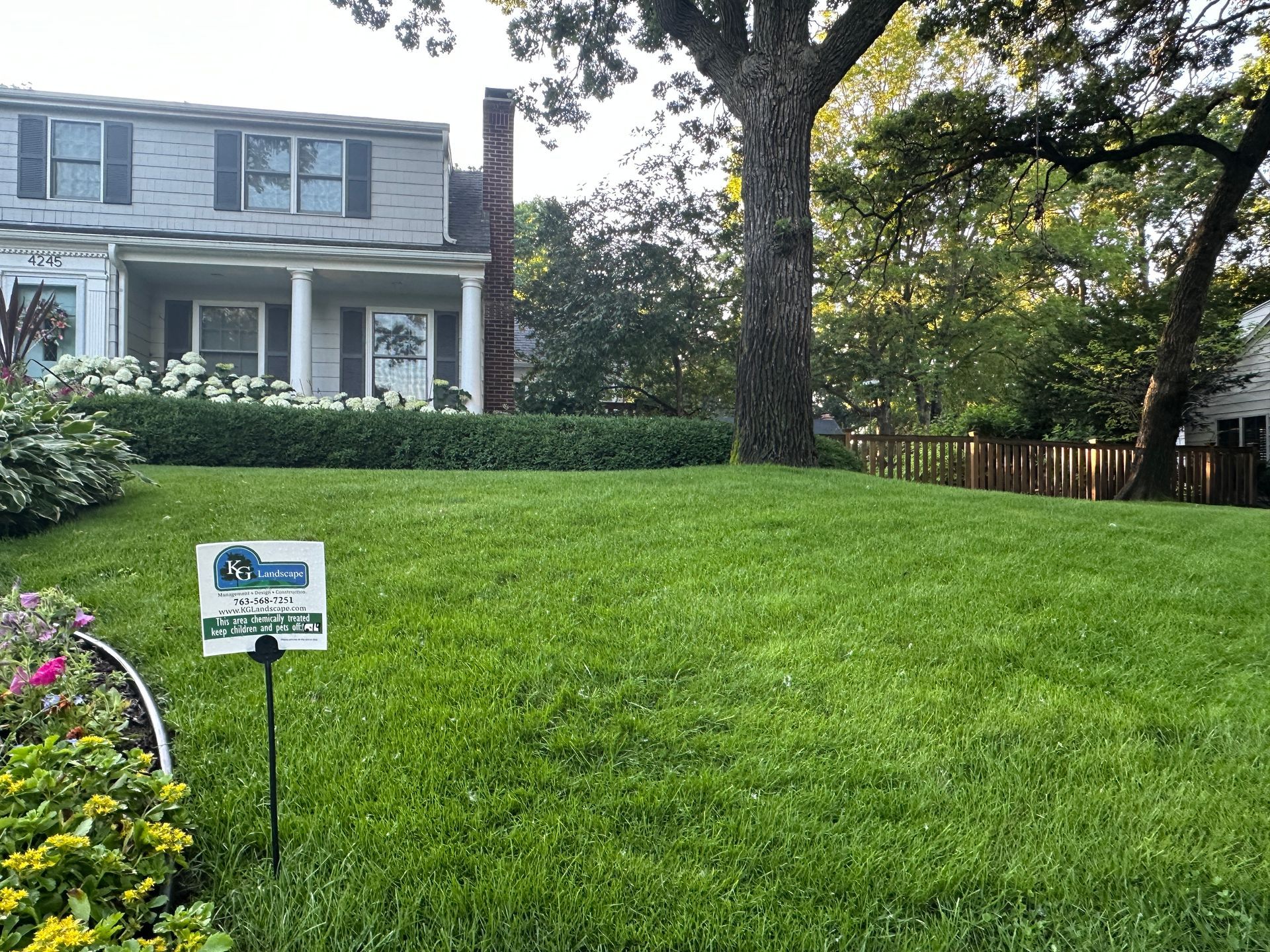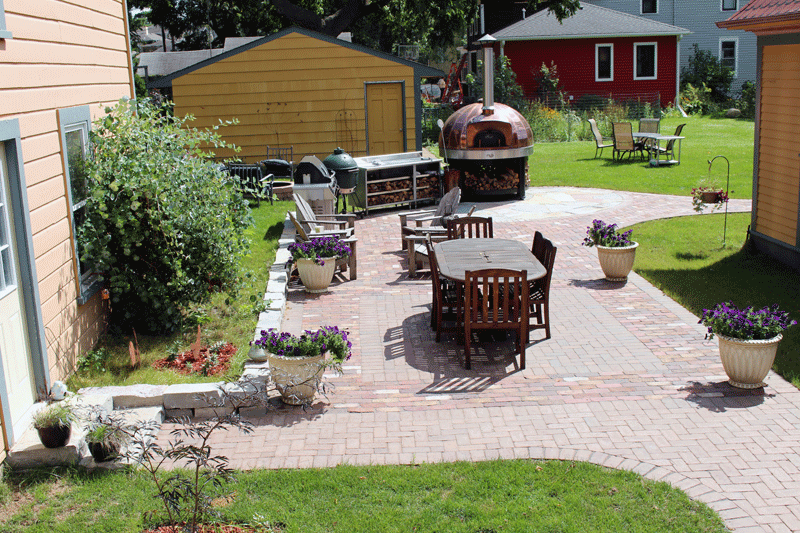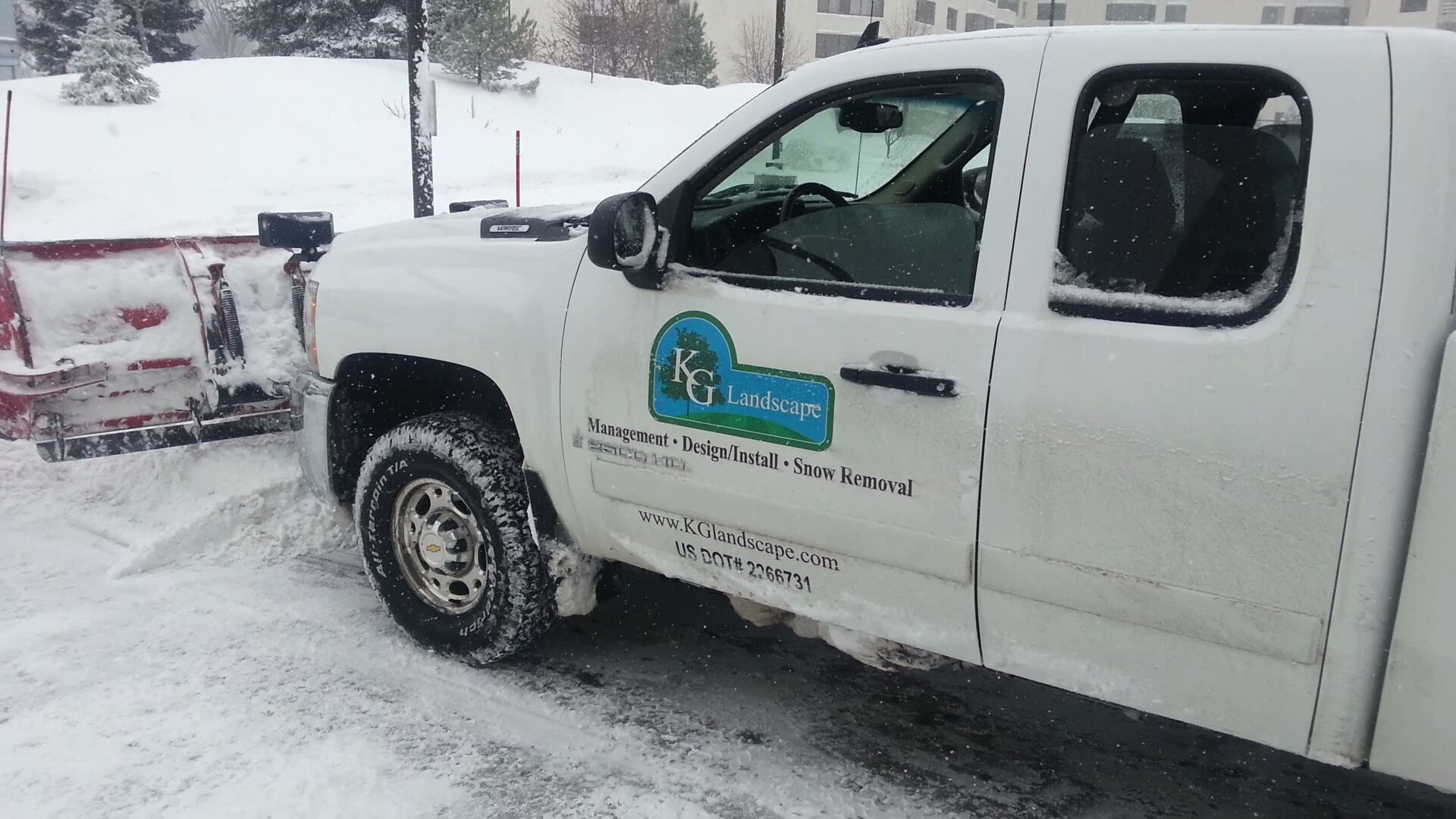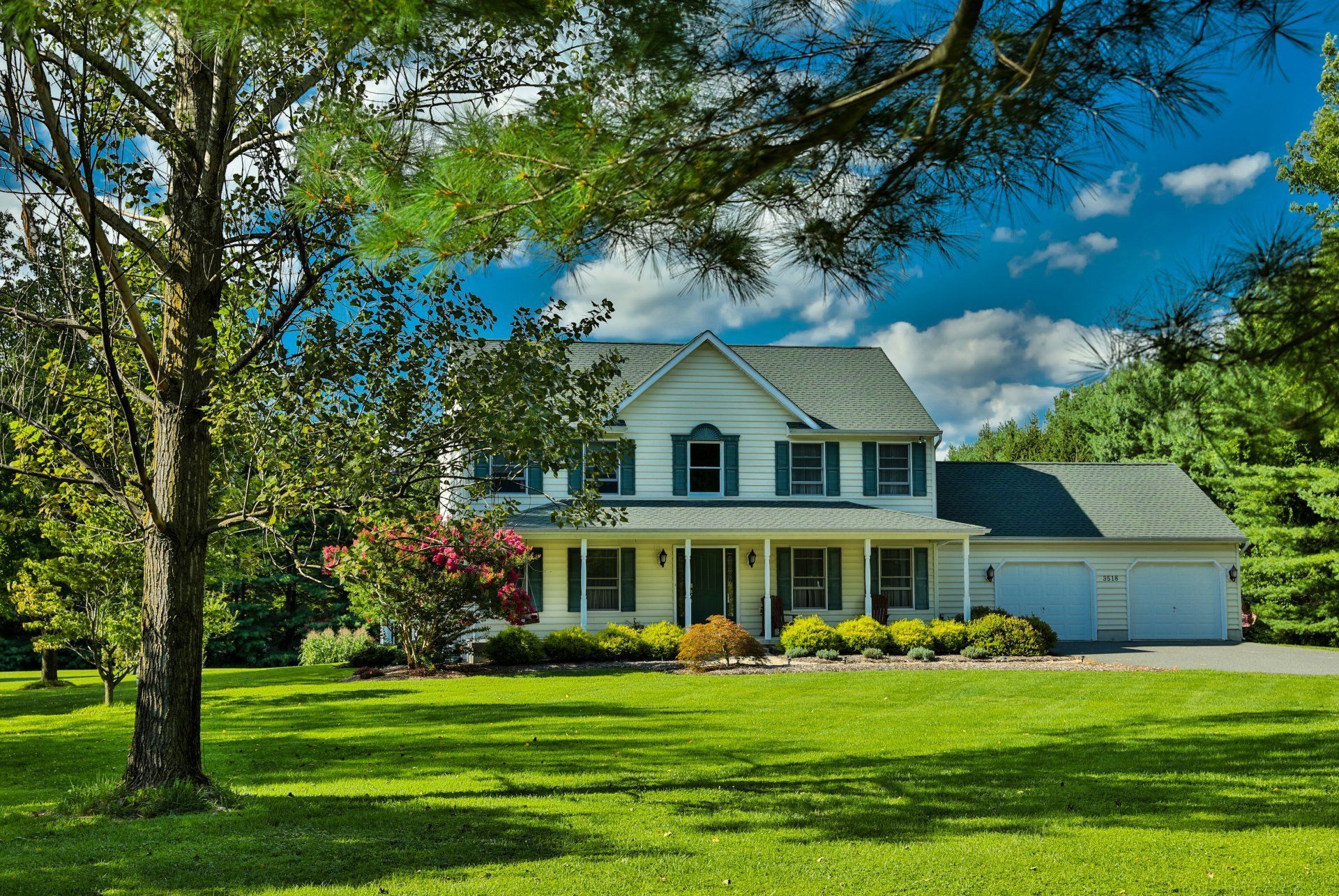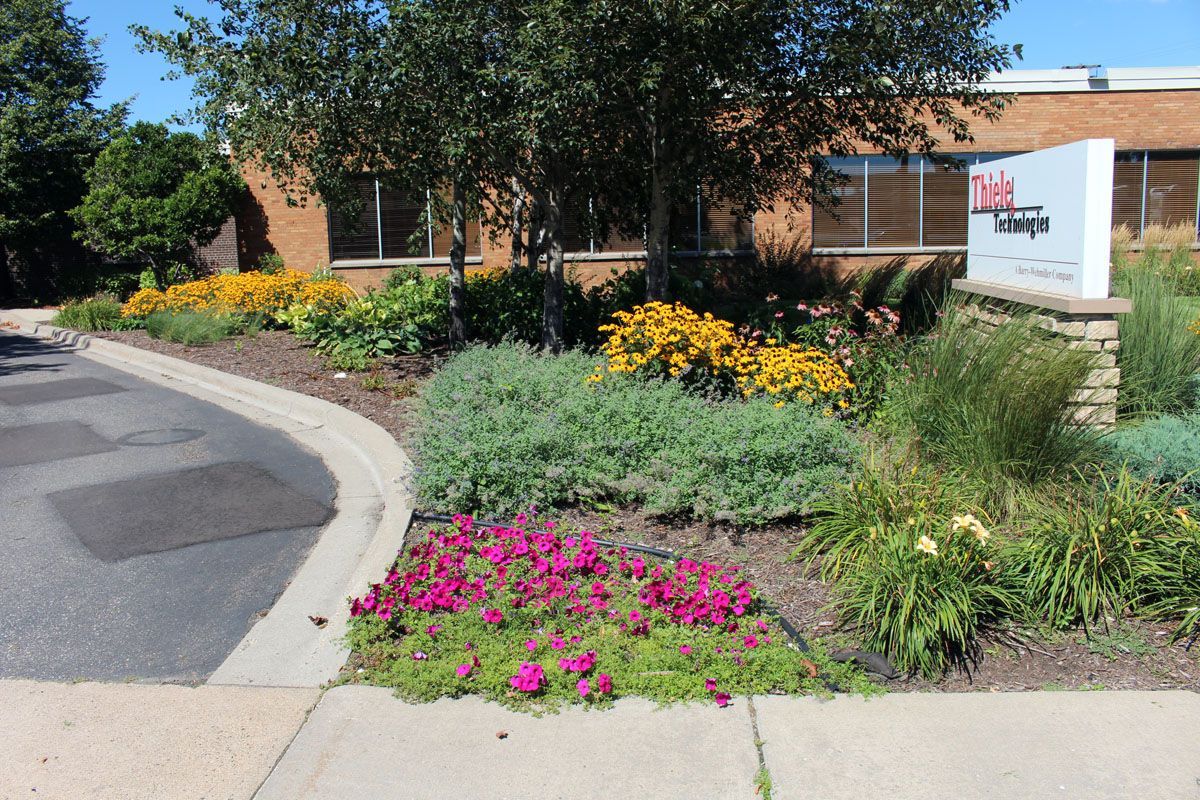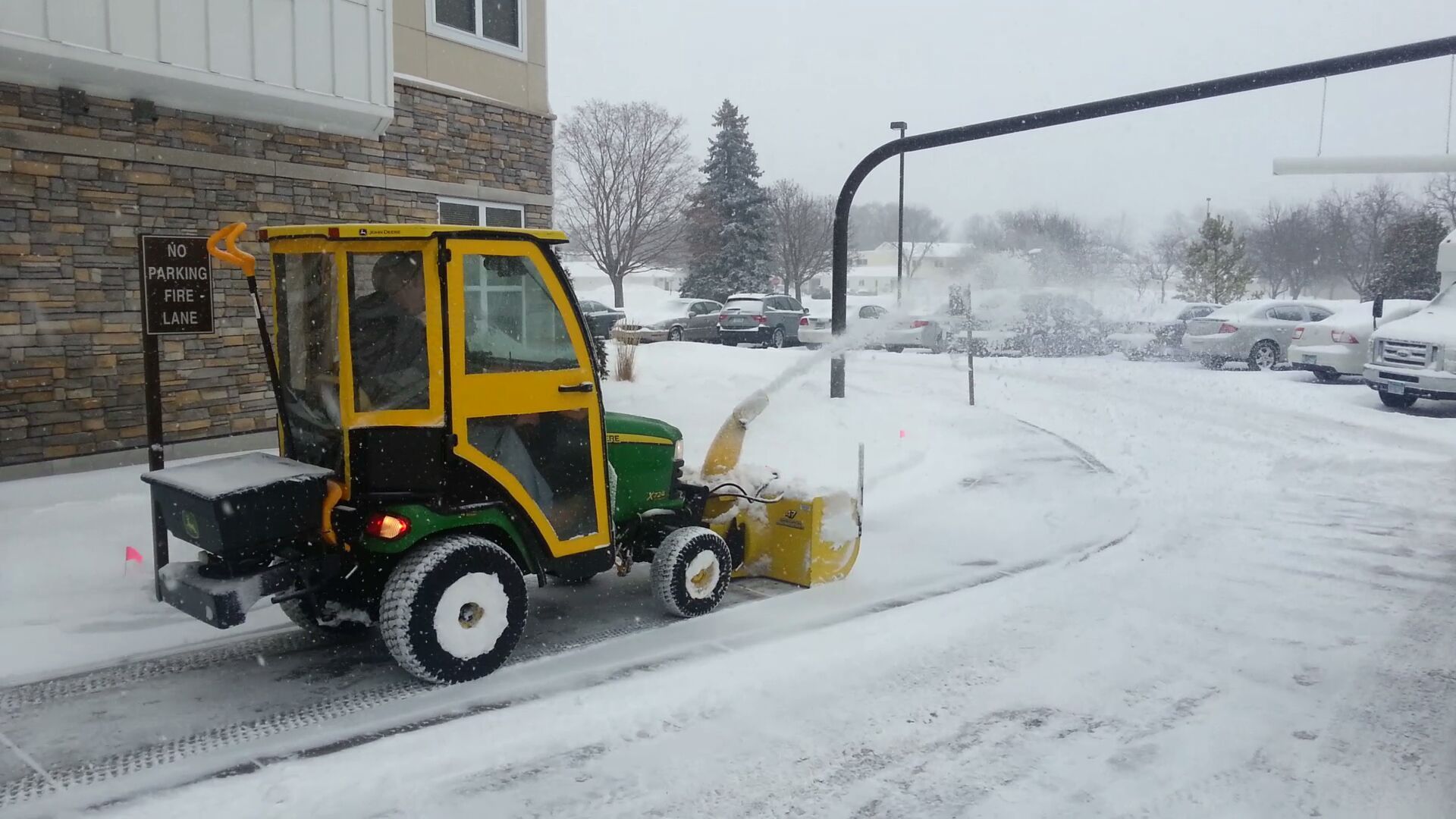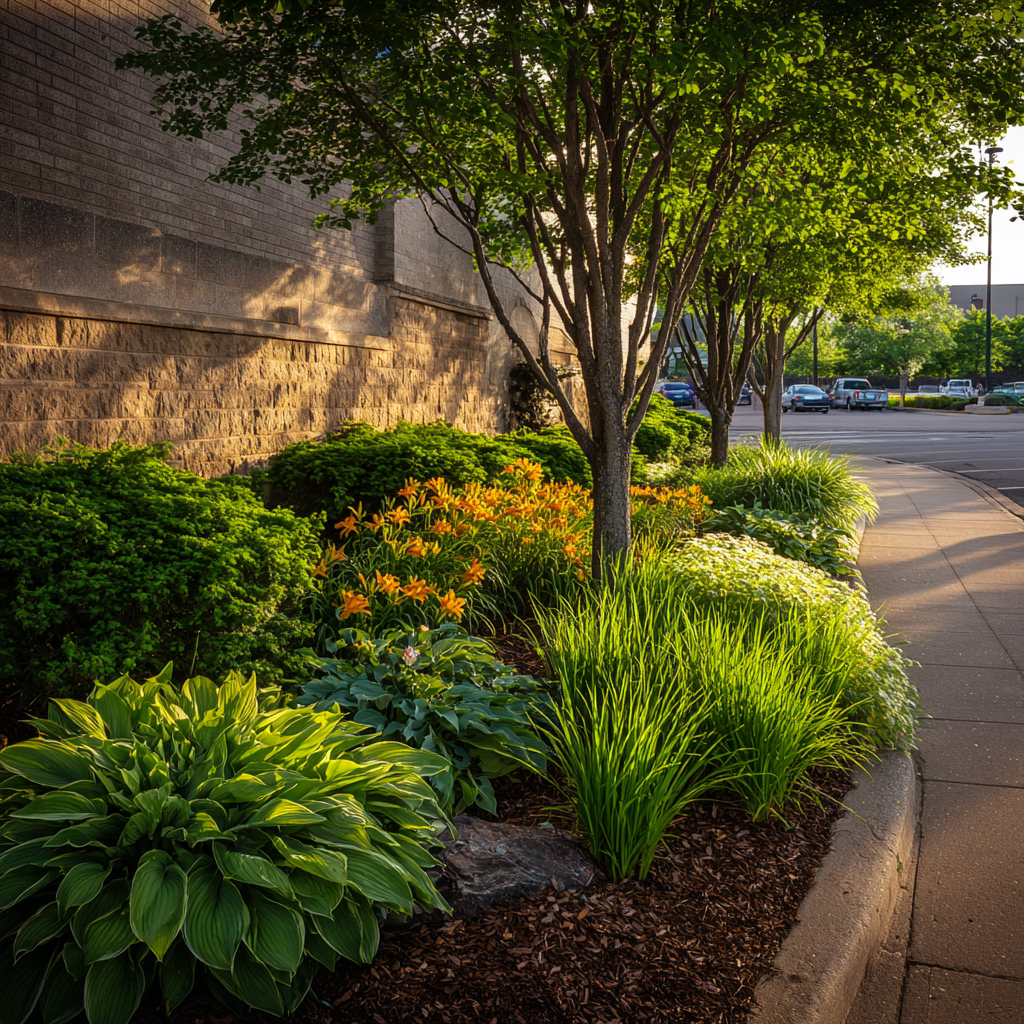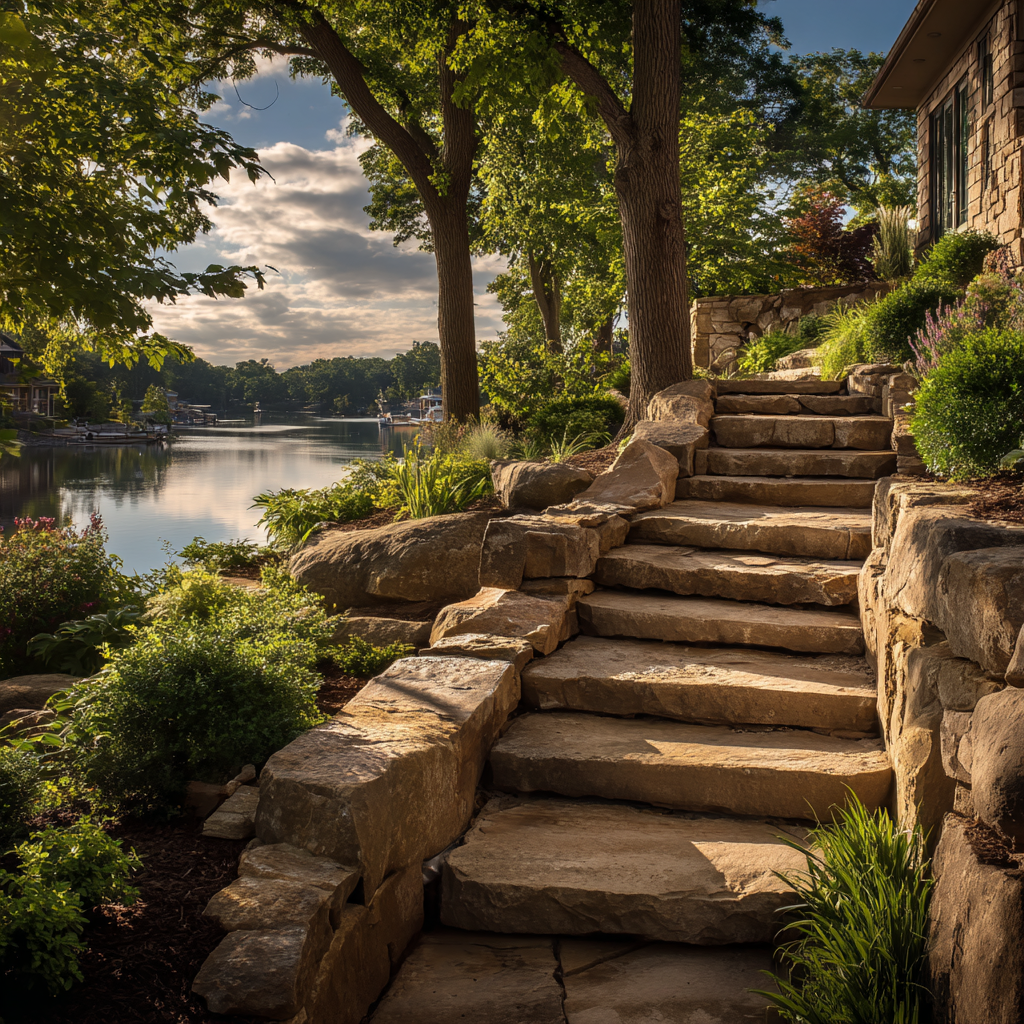Bring the Heat: How to Choose the Perfect Fire Pit Design for Your Lifestyle
Whether you want to toast marshmallows in your backyard or stay warm on cool fall evenings, the uses for fire pits are almost endless. However, there’s a catch; if you want to enjoy all the uses of a fire pit, its design, location, and size must be perfect for your lifestyle.
Walking into a lawn and garden store or browsing online gives you an overwhelming array of options, making choosing the right fire pit confusing and frustrating.
In this article, we will guide you through the process of selecting the perfect fire pit design for your lifestyle. We will discuss some popular types of fire pits, various fuel sources, and pit materials.
Types of Fire Pits
Fire pits enhance your outdoor comfort and serve as a great gathering spot for friends and family. Choosing the right type of fire pit can elevate your
patio or backyard’s ambiance, making it a more inviting space to spend your free time.
Fire Pit Table
Fire pit tables come in various styles, but all rest on four legs. The design is similar to outdoor tables, only with a fire pit in the center. You can use the table edges to hold drinks or to prop your feet up—just remember to stay away from the fire.
These types of fire pits tend to be larger than other styles. The heavy construction and large size also make moving fire pit tables difficult. If you decide on a fire pit table, knowing where to place it before bringing it home is a good idea.
Fire Rings
Some homeowners want a fire pit that resembles a traditional campfire. Consider adding a fire ring to your backyard if it sounds appealing to you.
Fire rings are typically constructed from metal, are lightweight, and are relatively easy to move. You can find these fire pits with or without the bottom bowl, giving you additional design options.
The ring keeps the fire contained, whether sitting on the ground or in a bowl. It also prevents embers from spreading. However, keeping the fire ring off the ground may be a good idea when pets and children are running around.
A great advantage of fire rings is that they come in multiple designs, so it’s easy to find one that fits your lifestyle and preferences.
Fire Bowls
Fire bowls come in all sizes, making it easy to find one to fit your space. Smaller fire bowls are easily portable, and all sizes are easy to clean.
You can place the bowl on the ground or elevate it, whichever look is best for you. Elevating the fire bowl allows heat to dissipate, something to consider if you live in cooler climates. The excess heat can help keep you warm on chilly evenings.
Fire Columns
Smaller than other types of fire pits, columns can give your outdoor space an elegant and dramatic appearance.
Some fire columns come with small bowls, so you can still roast marshmallows over the fire. Others contain recessed compartments that look like the fire is on top of the column; think of something resembling a torch.
Anyone with a small patio or limited outdoor space should consider a fire column. You can also find fire columns with intriguing detailing to make it a noticeable structure in your backyard or patio.
Tabletop Fire Pits
Not everyone has an expansive backyard or large patio area. In that case, a table fire pit may be perfect if you have room for a small outdoor dining set.
Tabletop fire pits are small and can fit easily on almost any table, providing ambiance and warmth. Since they are smaller than other fire pits, you are slightly limited in their use. However, these fire pits are portable and easy to clean.
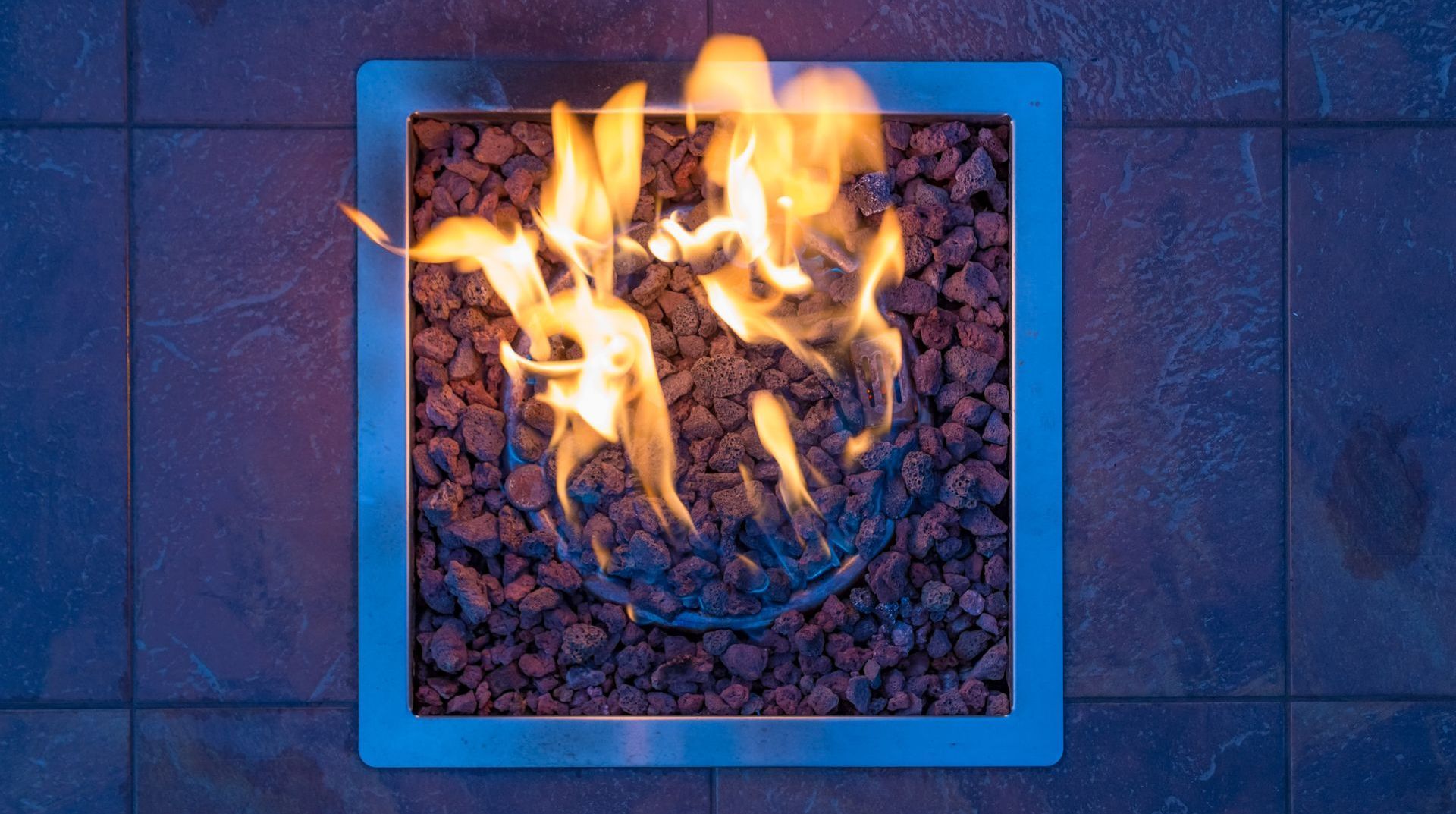
Fuel Sources for Fire Pits
You have two fuel options for fire pits, wood or gas. Each has advantages and a couple of pitfalls.Wood
Wood is the traditional fuel source for fire pits. It’s an easily available, inexpensive, and natural material. Wood-burning firepits can bring back memories of campfires, but the material also has disadvantages.Smoke from a wood-burning fire pit can irritate sensitive eyes. Not everyone likes the smell of smoke from burning wood. You may also experience some problems starting a wood-burning fire, especially if the wood is damp or new. You also need to keep an eye on the fire to know when to add more fuel.
Gas
Gas fire pits are a breeze to ignite; just flip the switch and forget about the fire until you go back inside. Turn the switch off, and the flame is extinguished. You don’t have to worry about burning embers.Gas-powered fire pits can run off your home’s natural gas line or use propane tanks. You can pick up a propane tank at most gas stations. You can also return the tank and possibly get part of the cost refunded.
However, gas fire pits are more expensive than ones using wood. You also get less heat which can affect how you use the fire pit.
An advantage to gas fire pits is the design options. Most come with bowl fillers like glass beads, stones, or lava rocks. The filler hides the bottom burner and gives the fire pit a decorative appearance. You can switch out the filler to change the look of the fire pit.
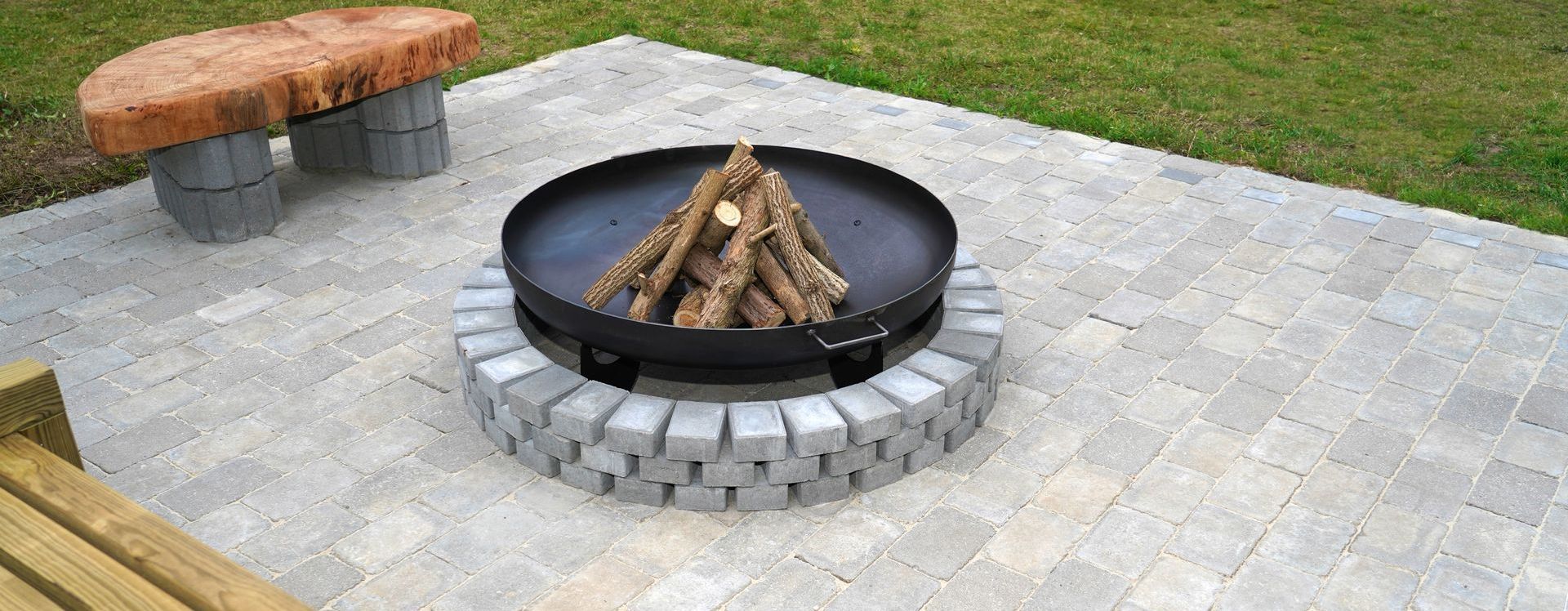
Fire Pit Materials
Fire pits are typically constructed from metal. It’s durable, fire-resistant, and easy to clean.
Copper
Copper has a warm look but can also develop a beautiful green patina when exposed to the elements. To keep the original shiny hue, copper fire pits require constant cleaning. If your lifestyle is better suited for a fire pit with less maintenance, you may want to choose a different metal.
Steel
Steel is resistant to rust, lightweight, and requires little maintenance. The material is commonly used to create fire pit legs, but bowls are made from steel.
You can find powder-coated or painted steel fire pits. The coating provides added protection against rust and can give the fire pit a look perfect for your backyard.
Cast Iron
Cast iron is a heavy material. It can withstand the elements, but its weight makes cast iron fire pits challenging to move. Consider the ideal location if you get a cast iron fire pit.
Along with giving your backyard a rustic ambiance, cast iron fire pits are often a safer option around children and pets. The heavy material is difficult to knock over, even when bumped.
Stone
Stone fire pits are heavy and difficult to move. However, the material is relatively easy to clean and doesn’t require maintenance to look great for years.
A downside to stone is its tendency to crack in extreme temperatures. Homeowners that frequently experience below-freezing temperatures may want to choose another material. A fun aspect of stone is you can match it to detailing on your home. Imagine owning a firepit that compliments the stone or brick in your home.
Bring Home The Perfect Fire Pit for Your Lifestyle
A fire pit adds ambiance to your backyard, and the experienced team at
KG Landscape can help you select the perfect one. Our team of professionals will evaluate your lifestyle and preferences and help you select the best design to fit your lifestyle. Contact us today to discover how we can help you create the ideal outdoor living space.

